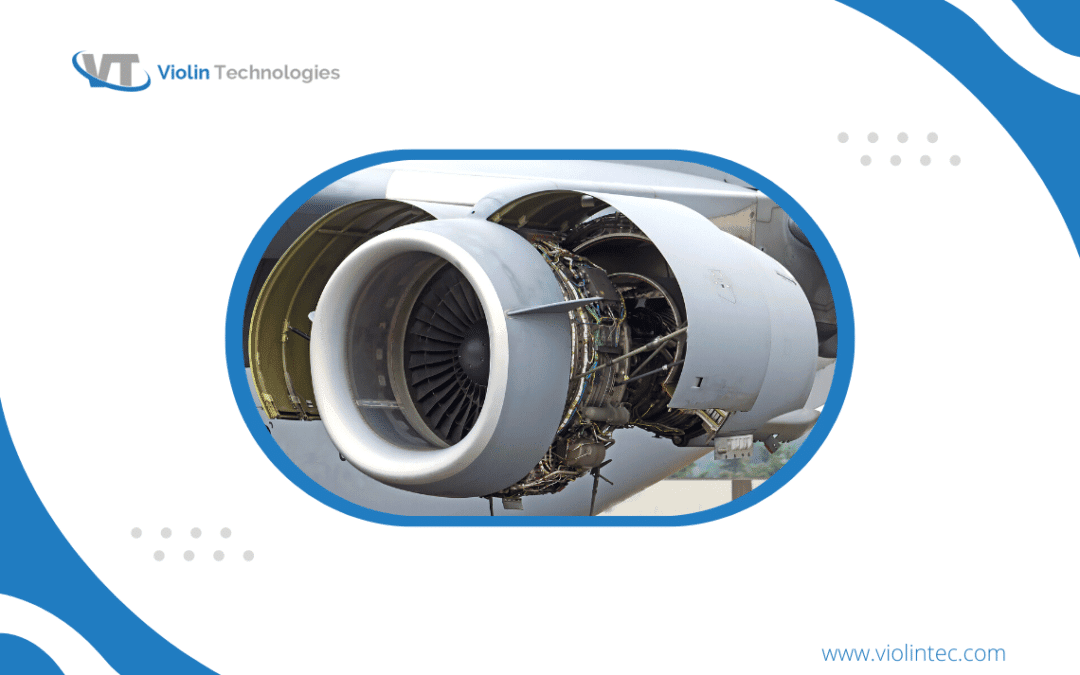Metals Used In Aerospace Sheet Metal Fabrication
The aerospace industry demands huge financial and technological investment to produce commercial airplanes like civil and general aviation aircraft, defense products like bombers, fighter jets, missiles, military transport jets, and helicopters, and space systems like satellites and space capsules, rockets, and space flights. All these products must possess tight tolerances to withstand all potential hazards as they venture into their mission; therefore, aerospace components require manufacturing with precision.
Aerospace sheet metal fabrication is a process that includes aerospace sheet metal forming and the molding of different materials like copper, zinc, titanium, aluminum, carbon steel, and more to suit the intense conditions required by the industry. They are used to make wires, sheets, bars, plates, and many other forms. Contract manufacturers choose a metal for manufacturing aerospace components depending on its durability and strength. Let us review the properties of some sheet metals used in the aerospace industry.
Aluminum:
Since 1903 when Wright Brothers made the first aircraft, aluminum has been a popular choice in the aerospace industry. Today, a modern spacecraft constitutes 50% to 90% of alloyed aluminum sheet metal parts.
Aluminum sheet metal parts are durable due to their temperature resistance, corrosion resistance, high electrical conductivity, and low maintenance cost. Its light weight adds to its preference in the aerospace industry. It has good mechanical properties like high tensile and yield strength, ductility, and a stable microstructure. It is user-friendly and can accommodate various surface finishing processes, including tinting, painting, and anodization, and is highly recyclable. Metals like copper, carbon, titanium, zinc, silicon, magnesium, and chromium are mixed with aluminum to form alloys that are strong and resistant to damage.
Some high-strength aluminum alloys used in aerospace engineering are 2024, 3003, 5052, 6061, 7075-02, and 7475. A good sheet metal and stamped parts supplier would use the right alloy for different aerospace applications based on its corrosion resistivity.
Stainless Steel:
The alloy of steel and chromium is called stainless steel. Sometimes, other metals like iron and nickel are added to form alloys. It is highly versatile and flexible, making it apt to manufacture precision aerospace components. Steel and stainless steel can be welded, cut, and easily form thin sheet metal parts. Stainless steel has a high corrosion resistance and strength-to-weight ratio, and it can give a superior finish to other sheet metal parts. It is an important property because powder coating is used on most military and commercial aircraft to provide maximum protection and a decorative shine. Contract manufacturers use powder coating to improve the corrosion resistivity of 316 stainless steel and laser cutting to give a cut edge to aerospace components. Laser cutting is a thermal process that uses a laser beam to vaporize materials and cut complex shapes.
Comparatively, stainless steel is heavier than aluminum. It has a higher tensile strength and a higher melting point than the latter, so stainless steel sheet metal parts can withstand wear and tear from the atmosphere and chemical solvents well, making them preferred in the aerospace industry.
304, 304L, 316, and 316L are strong alloys used to produce precision components in the aerospace industry.
Brass:
The aerospace industry requires metals of high-performance standards for the production of various components. The unique combination of engineering properties of brass, an alloy of copper and zinc, makes it ideal for aerospace applications. While components made of steel alloys corrode over time using fuels and chemicals, brass counterparts have better resistance and better conductivity of electricity and heat. Brass is also resistant to sparks and can be used near flammable objects. Brass is significantly cheaper than stainless steel, making it more advantageous for manufacturing sheet metal parts.
Nickel:
Nickel is used in the aerospace sector, mainly in rocket engines, for its ability to provide good adhesion and protection from corrosion. It can resist oxidation even at high temperatures and is extremely ductile, making it apt for containers to carry liquefied rocket fuel.
Alloy 36 is a combination of 36 percent of nickel and 64 percent of iron and other metals. It is used in aerospace for its uniquely low level of expansion at temperatures greater than 260 Celsius.

Aerospace Applications Of Sheet Metals
The alloys of aerospace-grade sheet metals find their way into various complex aerospace applications, as listed below.
Aluminum sheet metal:
It is used to produce wing panes, engine turbines, exhaust pipes, cockpit instrumentation, and doors and floors.
stainless steel sheet metal:
The aerospace applications of stainless steel include the manufacture of jet engines, landing gear, and airframes. It is also used in making exhaust ducts and fuel tanks.
Brass sheet metal:
Brass is used in manufacturing wheel and brake components, casings for electric components, cargo doors, and landing gear.
Nickel sheet metal:
It is useful in constructing turbine blades and other parts of the jet engine. It is also used to create rocket engines, pressure, and exhaust valves.
The Best Contract Manufacturers For The Production Of Aerospace Components
Violin technologies are certified contract manufacturers with an extensive experience in aerospace sheet metal forming, sheet metal assemblies, and molding and production of sheet metal parts with precision. Their services include the production of wire harnesses, sheet metal and stamp parts, electromechanical assemblies, and precision machined components for different industries, including the aviation sector. They work with customers to provide the alloys that perfectly fit into their application. So, reach out to our experts and explore the services.

Priyamvada
About the Author
Priyamvada B admires Nature, loves painting and takes interest in poems and short stories. She has a Masters Degree in English literature and a Bachelor’s degree in Science. She loves learning new things and solving puzzles based on logic. While she has a flair for creative writing, she is also good at researching valuable information and presenting it to the readers in the form of technical content writing.

